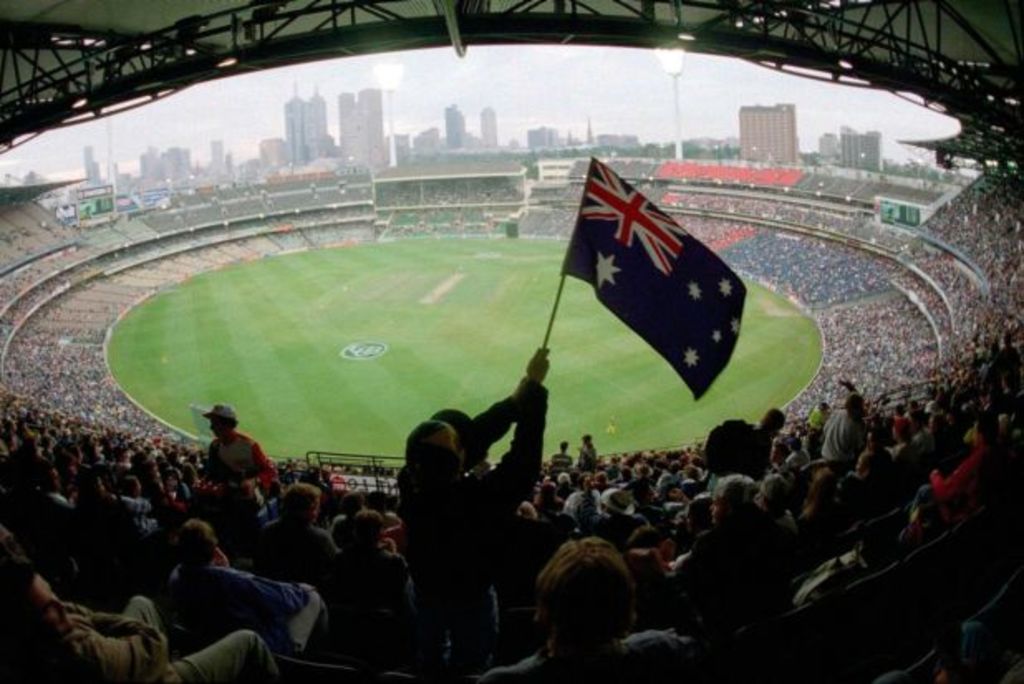Victoria pips NSW to become Australia's top state economy

Victoria has toppled NSW for the first time to become Australia’s top-ranked state economy, according to a new CommSec report.
Strong population growth and healthy construction activity helped the perennial No.2 edge above NSW in the July State of the States report, with Sydney’s property price slide dragging on the long-standing top state.
The report covers eight major economic indicators, including population, jobs, housing, investment, and construction, and Victoria has never taken the top spot in the quarterly report’s nine-year history.
Little now separates Victoria and NSW, with the former claiming the top spot for economic growth, dwelling starts and construction work done, while NSW held the lead on retail spending and job indicators.
CommSec State of the States – Victoria powers ahead. #SOTS https://t.co/6srePIpgaM pic.twitter.com/BZPuo31YnP
— CommSec (@CommSec)
July 29, 2018
The ACT ranked third, Tasmania fourth, Queensland fifth, South Australia sixth and the Northern Territory seventh.
Western Australia, meanwhile, remained in eighth spot, with a particularly weak job market, but positive trends in equipment spending was a bright spot for the mining state.
“The claim to fame for the Victorian economy is the strength in terms of population, and that has been driving really strong growth in terms of the housing sector,” CommSec chief economist Craig James said.
“NSW continues to hold the number one position in two of the eight indicators – [there’s] a really strong job market in NSW but we have got signs of maturation in the housing market, with fewer dwellings being commenced and likely [to be] completed over the next 12 months.”
NSW is second on the overall economic performance rankings but still holds top spot for retail spending and the relative performance on unemployment. CommSec State of the States #SOTS https://t.co/6srePIpgaM pic.twitter.com/jl1HkhVqiF
— CommSec (@CommSec)
July 29, 2018
Last week’s Domain Group data showed Sydney’s median house price recorded its biggest annual drop since the GFC – down 4.5 per cent in the year to June. Some areas fell as much as 10 per cent over the year.
“It’s a stark difference to what was occurring even just a year ago, when we had annual double-digit growth for both houses and apartments,” Domain Group data scientist Nicola Powell said.
Melbourne, meanwhile, clung to positive property price growth over the year despite a 2 per cent fall to the median prices the last three months.
We recommend
We thought you might like
States
Capital Cities
Capital Cities - Rentals
Popular Areas
Allhomes
More







